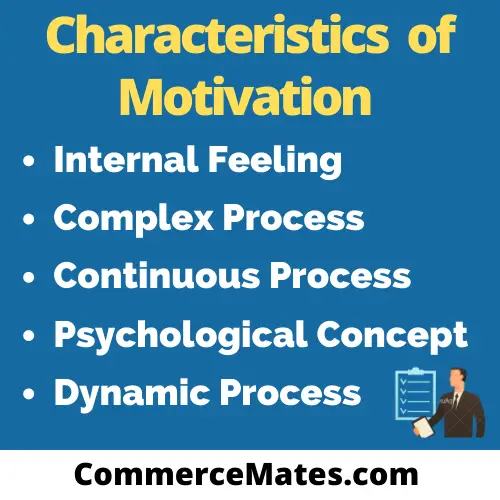Contents
What is Maslow’s Theory of Motivation?
Abraham H. Maslow, an eminent american psychologist, developed a general theory of motivation, known as the ‘Need hierarchy theory’. He defined a person’s effectiveness as a function of matching man’s opportunity with the appropriate position of hierarchy of needs. Process of motivation begins with an assumption that behaviour, atleast in part, is directed towards the achievement of satisfaction of needs.
Levels of Maslow’s Theory of Motivation
Basic Physiological Needs
The needs that are taken as the starting point for motivation theory are the so-called physiological needs. These are biological needs required to preserve human life. They include needs for foods, drink, air, sleep etc. Physiological needs must be satisfied repeatedly but they are essentially finite . For example, an individual requires a limited amount of food but he requires it everyday.
safety and security Needs
Once physiological needs are reasonably satisfied, a person wants protection from physical dangers and economic security. Safety needs are thus concerned with protection from danger, deprivation and threat. These need includes job security, personal bodily security, security of source of income, insurance against risk, etc.
Social Needs
Man is a social animal as he seeks affiliation ( association ) with others. Social needs refer to need for belonging, need for acceptance, need for love and affection, etc. They represent needs of the mind and spirit rather than of the physical body . Organisations can influence these needs through supervision , communication system, work groups, etc.

Esteem and Status Needs
This needs includes such as self-confidence, independence, achievement, competence, knowledge, and success. They are also known an egoistic needs. They are concerned with prestige and status of the individual. These needs are infinite and thwarting them results in feeling of inferiority, weaknesses and helplessness.
Self-Fulfillment Needs
The final step under the need priority model is the need for self – fulfilment or the need to fulfil what considers to be his mission in life . It involves realizing ones’s potentialities for continued self – development and for being creative in the broadest sense of the word. It is psychological in nature and very few persons satisfy it. The conditions of modern industrial life provide limited opportunity for the satisfaction of self-actualisation.
Features of Maslow’s Theory of Motivation
- The urge to fulfil needs is a prime factor in motivation of people at work. Human being strive to fulfil a wide range of needs. Human needs are multiple, complex and interrelated.
- Human needs form a particular structure or hierarchy. Physiological needs are at base of the hierarchy while self – actualisation needs are at the apex. Safety (security) needs, social needs and esteem (ego) needs are positioned in between. As one proced from base towards apex, needs become less essential.
- Lower-level -needs must at least partially be satisfied before higher – level needs emerge. In other words, a higher level need does not become an active motivating force until the preceding lower – order needs are satisfied.
- As soon as one need is satisfied, another need emerges. This process of need satisfaction continues from birth to death. Man is a wanting animal.
- Various need levels are inter – dependent and overlapping . Each higher level need emerges before the lower level need is completely satisfied.
Limitations of Maslow’s Theory of Motivation

Individual factors
Every individual may have a different need hierarchy which may not follow the sequence suggested by Maslow. For example, someone has social and egoistic needs, but even his safety needs not satisfied yet.
Based on small sample
Maslow’s theory is based on a relatively small sample. It is a clinically derived theory and its unit of analysis is the individual. That is why Maslow presented his model with apologies to those who insisted on conventional reliability, validity, sampling, etc.
doubtful relations
it is doubtful that once a need is satisfied it loses its motivating force. It is also doubtful that satisfaction of one need automatically activate the next level need in the hierarchy. There is lack of direct cause and effect relationship between need and behaviour.
Money factor
Money can act as a motivator only for physiological and social needs, not for satisfying higher level needs. Employees are enthusiastically motivated by what they are seeking, more than what they already have. In order words, man works for bread alone as long as it is not available.
Doesn’t Suit on Professional
The hierarchy of needs is not always fixed . Different people may have different orders. For example, in case of creative people like singers, painters, etc., self-actualisation need may become a dominant motivating force even before the lower order needs are to satisfied. Individuals differ in the relative intensity of their different needs.
Conclusion
Despite these limitations , Maslow’s theory has a common sense appeal for managers. It is still relevant because needs are important for understanding behaviour. They theory provides convenient conceptual framework for the study of motivation. It helps to explain inter – personal and intra – personal differences in human behaviour.




